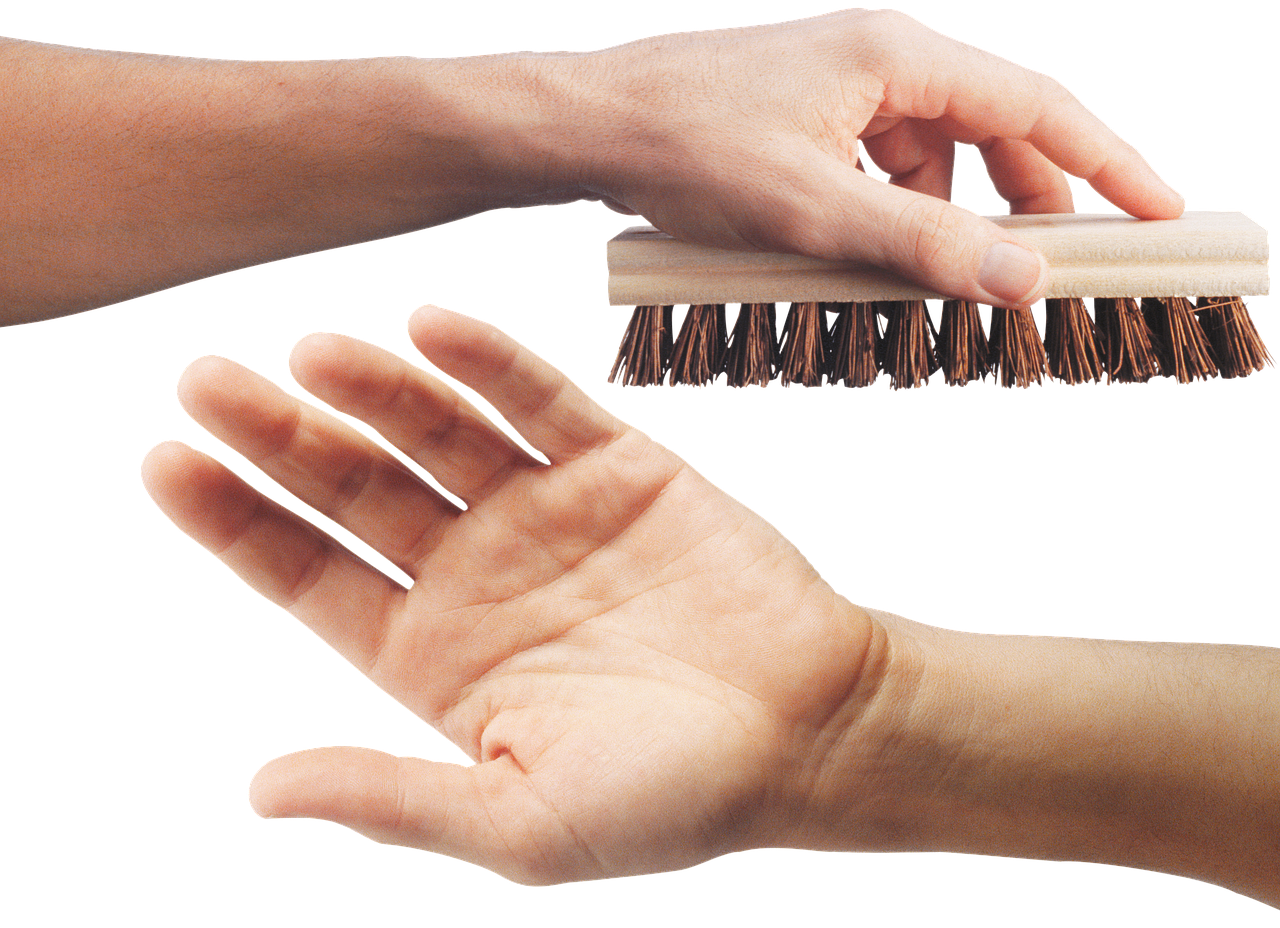Our wrists are one of the most complex joints in our bodies, and we use them for an incredible variety of tasks throughout the day. Muscles within your forearm cross the wrist joint and give you the ability to keep your wrist stable during loading, or to perform controlled movements in multiple directions to manipulate objects with your hands. Whether you spend time using a keyboard and mouse, stabilizing power drills and saws, or gripping onto a rock climbing wall, strength and mobility are necessary components for keeping your wrists functioning without discomfort and for preventing injury from repetitive use.
But what can you do when wrist pain, stiffness, or muscle tension prevents you from tolerating specific positions and movements? Below are a few ways that you can start to retrain your wrists to get back to performing activities that are important to you. This post (Part 1) will focus on wrist strengthening, while our Part 2 post will focus on wrist mobility. Click the exercise name for a helpful video tutorial!
WRIST FLEXION - Sit alongside the edge of a table with your forearm resting comfortably at the end of the table so your wrist and hand are just off the edge with your palm up. Slowly raise your palm up toward the ceiling, bending at the wrist as your forearm stays resting on the table, until you reach the peak of your wrist motion. Gradually bring your hand back down toward the ground with good muscle control until you again feel your wrist can’t move further, then repeat. (if this is easy, try adding a light dumbbell in your moving hand, 1-2 pounds to start. If you don’t have weights, try a food can from the pantry or a similar weight object that fits nicely in your hand)
WRIST EXTENSION - Start with the same setup as above, but rotate your forearm so that your palm is facing down toward the floor. Again slowly raise your hand up to the ceiling, bending at the wrist to the peak of your available motion, then gradually move your hand down toward the ground. (again, if this is easy, try adding weight in your moving hand)
RADIAL DEVIATION - Same setup, this time with your thumb oriented up toward the ceiling. Again slowly raise your hand up to the ceiling, bending at the wrist to the peak of your available motion, then gradually move your hand down toward the ground. (again, if this is easy, try adding weight in your moving hand)
BALL SQUEEZE - Making a tightly held fist requires strong contraction of your wrist muscles. Place a ball in the palm of your hand (elastic ball, tennis ball, stress ball). Gradually squeeze the ball with your whole hand and hold for five seconds. Try to keep your fist aligned with your forearm. Gently release your grip and repeat.
WRIST ROLLER - This exercise requires specific equipment, but can be very effective once you have the right tools available. Take a short dowel with a small hold drilled through the middle, and place a piece of rope/cord through the hole, securing one end to the dowel. Tie a small dumbbell or other weight to the free end. Grasp onto the dowel with both hands with palms facing down. Raise the dowel to shoulder height with elbows straight. Slowly roll the dowel to bring the weight upward, then roll the opposite direction to slowly lower to the starting position. Perform the same activity with palms facing upward to strengthen the wrist muscles on the opposite side of the forearm.
Each of these exercises can be modified by changing the amount of added weight or resistance you decide to use. Start with minimal to no weight and gradually increase as you get more comfortable. A good general guideline for these activities is 2-3 sets of 8-10 repetitions, but you can modify as necessary. Remember to keep all movements controlled and gradual.
That’s all for now, but keep an eye on our blog for Part 2 of this discussion where we will focus on wrist mobility, coming soon!
NEED MORE HELP?
In cases of more specific pain or limitation with your wrist function, you are more likely to benefit from individualized care. Our physical therapists are available to meet with you to screen for other problems that may be impacting your function and to do a thorough analysis of your motion and strength. Using their knowledge of muscles and the skeletal system, they will identify sources of pain and limitation, and determine the correct treatment plan to achieve fast results. Call or email today to make an appointment, and start improving your wrist pain, motion, and function so you can get back to the activities that are most important to you.



